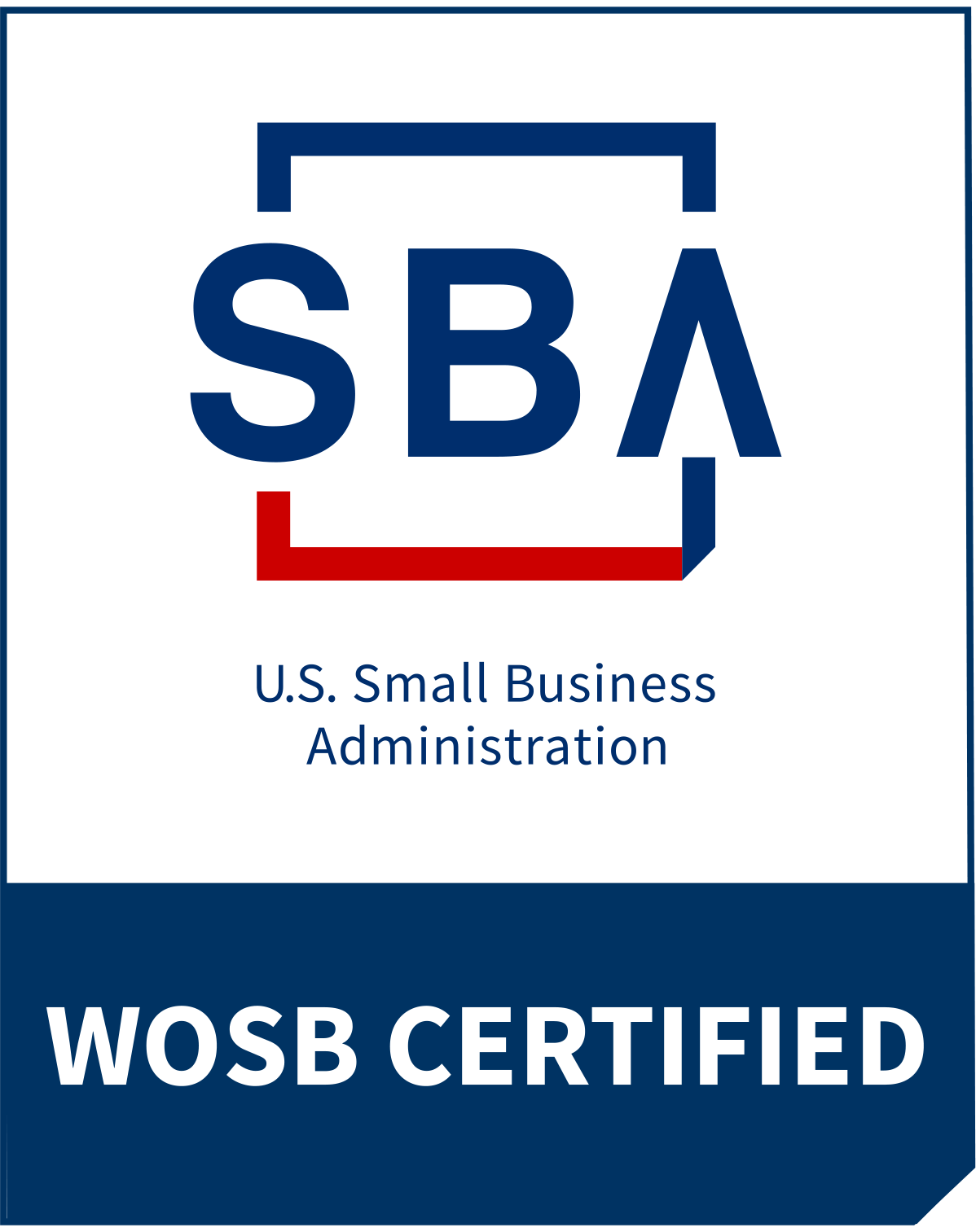SPOTLIGHT ON OUR SERVICES:
Using Logic Models to Understand Program Outcomes
and Public Service Impacts
Logic models have long been a preferred tool of evaluators in the non-profit, government and private sectors. A logic model depicts the relationships between a program’s resource investments, activities and the benefits or changes that result – thus summarizing the outcomes that a particular program or programs is intended to achieve. Once developed, the logic model can serve as the foundation for an outcome-focused program evaluation that explores how effectively the program meets its envisioned goals.
The concept of a logic model was first developed in the 1970s and grew in popularity among program evaluators in the late 1980s and early 1990s. Within the public sector, the Government Performance Results Act (GPRA) of 1993 ushered in a new focus on accountability and the link between government investment and results. The federal government embraced the concept of a logic model as a tool for describing this linkage and forming the basis for government program evaluation.
Although logic models evolved from the program evaluation discipline, they have numerous applications within government agencies. At a minimum, a logic model allows government agencies to successfully respond to GPRA requirements and justify program requests to federal oversight agencies. Additionally, a logic model provides a foundation on which to build a balanced set of performance measures for evaluating program effectiveness and communicating program success to staff and stakeholders.
Beyond their evaluative purposes, logic models can also provide guidance for government program planning and management. The logic model provides a structure for understanding the intended results of a program; mapping this “ideal state” against current program operations can help identify opportunities for improvement. In addition, creating a shared understanding of the program can bring clarity to leaders’ planning and decision-making processes such as budgeting and resource alignment. A program logic model also allows an organization to tell it’s “story” – communicating the goals of the program both internally to the workforce, as well as externally to stakeholders and customers.
Telling the story of an organization’s work can also establish a line of sight for employees so they can see how their contributions lead to public service impacts. Often in federal government workforces, the commitment to public service is a key driving factor behind employee motivation and engagement. A clear depiction of the workforce contribution to the larger social impacts as described by a logic model can increase employee morale and, ultimately, organizational productivity.
The logic model provides a structure for understanding the intended results of a program; mapping this ‘ideal state’ against current program operations can help identify opportunities for improvement.
At CG Strategy, we have combined our time-tested process facilitation techniques with the logic model methodology to help our clients develop program logic models that reflect the unique needs of their organization. As with all of our work, we employ a collaborative approach to designing logic models that engages staff at all levels of the organization. We have found that by engaging staff in the process of developing the logic model, we are able to promote a collaborative environment that increases buy-in for the final product and produces shared learning along the way.
We have recently worked with two federal government clients to develop logic models. In each organization the work teams were chartered by the leadership to document linkages between the activities, outputs, outcomes and impacts associated with their respective programs. Through a step-by-step process, the work teams first identified the inventory of activities, outputs and outcomes. Once the inventories had been developed and validated, the teams worked backwards from the impacts and ultimate outcomes to develop threads that describe the linkages between each component of the model. In each case the resulting logic model has been adopted by the organization’s leadership and will be used as a foundation for future performance management, human capital and planning activities.




